The railgun, a staple weapon in virtual warfare, is under development to great acclaim with plans for actual deployment.
In this article, we will explore such a cutting-edge weapon, from its basic physical laws to its potential as a weapon to be used on space battleships.
Note that we will do various calculations after the midpoint, but they are very likely to be wrong.
Please read carefully.
About Railgun
About “Fleming’s Left Hand Rule”
The railgun mechanism is simple.
Fleming’s left-hand rule is applied to launch the bullets.
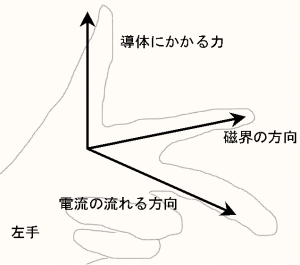
It would be faster to actually see the object in motion.
The moment the current is applied, the coil is pushed to the left. span> can be seen.
Of course, if the direction of the current is reversed, the direction in which the coil moves is also reversed.
Let’s keep this in mind before we move on.
Super simple railgun made with only “magnets and sticks”
Let’s dare to consider the extreme simplicity here. I want you to see the video below.
I just put a magnet next to a wooden stick.
It is no longer distinguishable from a linear motor car.

Even though it is really just an arrangement of magnets, the iron ball moves at a tremendous rate…
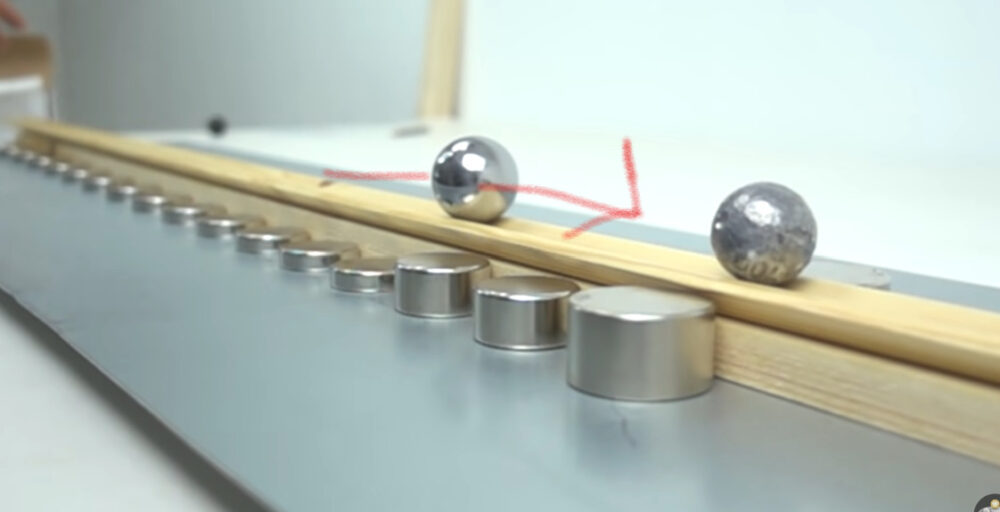
It hits the target as it is. The bullet velocity is such that you can’t finish it with your eyes.
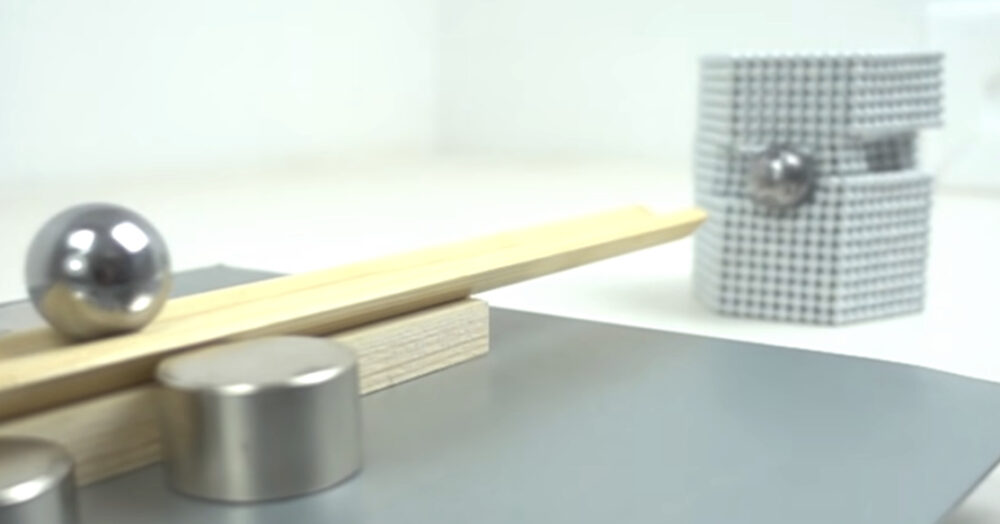
About Lorenz Force
Here is one more thing to know about the concept of Lorentz force.
The Lorentz force is the force exerted by a small electrically charged object as it passes through a ground. It is the force exerted by a small object as it passes through a ground.
The concept is basically similar to Fleming’s left-hand rule.
The image quality is rough, but the bullet is accelerated by the method shown in the following figure.

About currents and magnetic fields
Let’s attack from the perimeter a little more.
I want you to remember what you learned in compulsory education.
When an electric current flows through a conductor, a magnetic field is generated around it.
Remember the “right-hand thread law”?
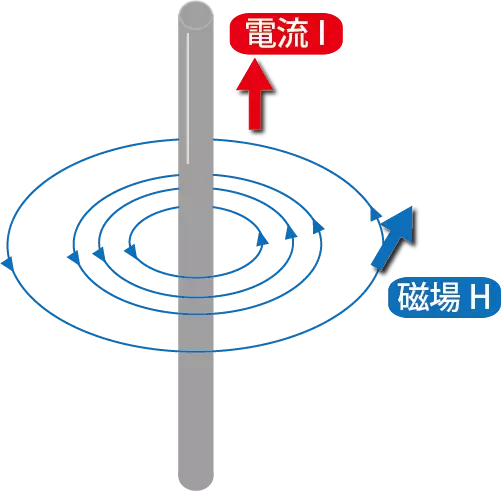
The magnetic field thus generated becomes the force that launches the bullet.
Remember that the basic mechanics of a railgun are middle school level science.
How railguns work
It’s time to get down to business.
I found a fairly simplified diagram, so University of Tokyo Entrance Examination.com Mr.
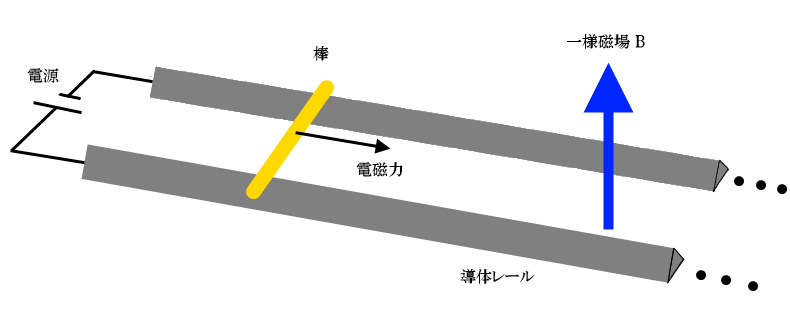
I said earlier that a magnetic field is generated when a current is passed through a conductor.
If we add the magnetic field and the bullet to be launched to the diagram above, we get the following.
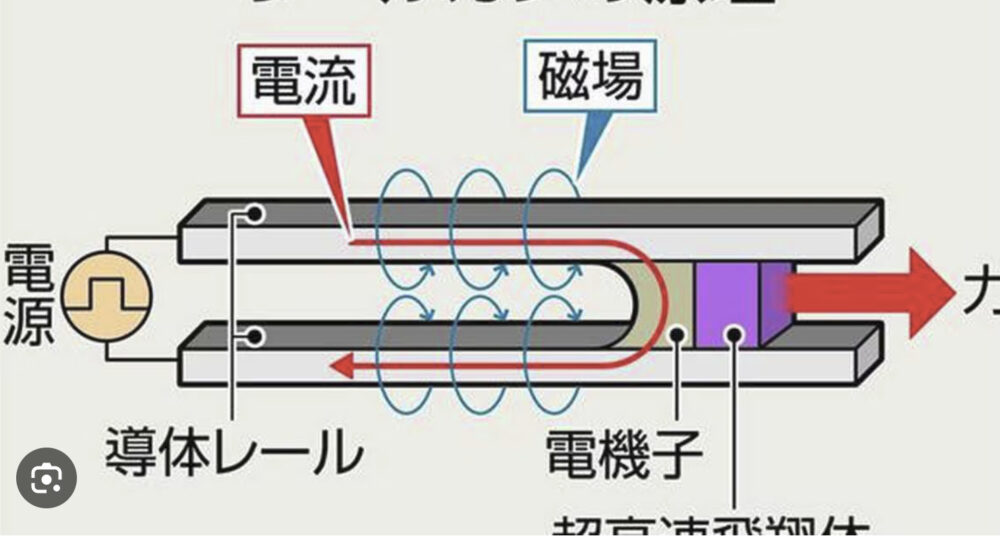
Conductors are called “conductor rails”.
The space between the conductor rails is physically connected using an “armature” to form a circuit.

All we have to do is apply a large current to this conductor rail, and the bullets will be launched at very high speed.
The railgun looks like a big deal, but the mechanism is really quite simple.
The diagram below shows very clearly how Fleming’s left-hand rule works in the direction of launching the bullet.
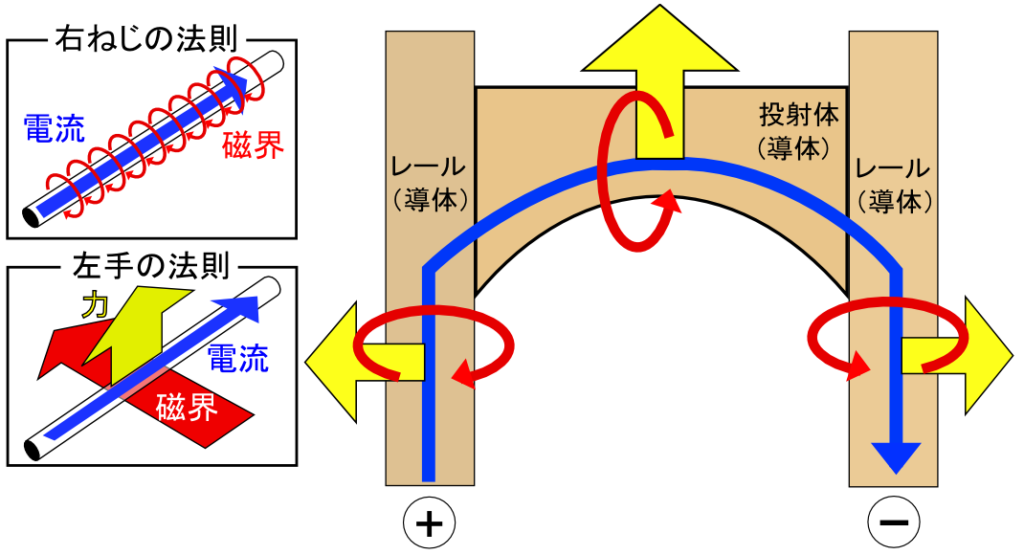
Apparently, the conductor rail section was being forced outward.
I myself used my left hand and said, “Huh? Doesn’t the direction match up?” I was just confused. I’ve got my questions answered.
Performance of railgun as a weapon
Now that we know how it works, what we are interested in is its performance as a weapon.
But we will never know exactly what it is because it is a military sensitive element.
Once Wikipedia
and it says
“Fire a shell weighing 15 kg at an initial velocity of 2.5 km/s, launching it to an altitude of 152 km and landing it on the target of attack at a terminal velocity of 1.7 km/s (Mach 5) over 370 km away, for this purpose, the shell at the muzzle& lt;a href=”https://ja.wikipedia.org/wiki/%E9%81%8B%E5%8B%95%E3%82%A8%E3%83%8D%E3%83%AB%E3%82%AE%E3%83%BC”>kinetic energy is 64MJ (Mega joules, not the power input, but the kinetic energy of the shell. It is the kinetic energy) needed”
There is also the statement.
Now I’m curious about “destructive power in bomb equivalent”, “power required to fire” and “rapid-fire performance”, so I’ll look them up.
Power required to fire
A certain article in Sankei Shimbun states that “25 megawatts of power is needed.
This is said to be the annual power consumption of about 7,000 Japanese households.
This translates into EV battery capacity of 500 Tesla Model 3 vehicles&. lt;/span>.
By the way, there is a trap in this notation.
Another article states that “25 MW of power supply is required to achieve the performance of the railgun (10 shots per minute at a target over 160 km away).
In other words, it doesn’t say it’s the amount of power needed to fire one shot.
And it’s “MW”, not “MWh”.
There is no mention of power consumption per hour.
It is too terrible a trap.
Here, “Overview of Railguns“, I found an interesting sentence.
“The original plan called for 6 million amperes of power and 64 MJ of ejection energy for firing.
No way the unit was “J”.
It takes 120MJ to shoot one shot, so they say.
It takes 120MJ to shoot one shot.
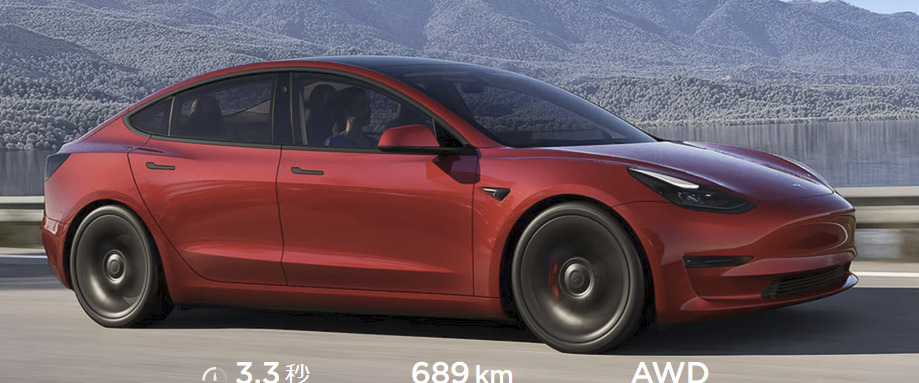
By the way, the battery capacity of Tesla’s Model 3 (RWD model) is 54kWh.
“I found a site that can convert “kWh” to “MJ”, so I checked to see how many MJ a Tesla Model 3 would have in battery capacity for one car.

54 kWh would be 194.4 MJ, apparently.
In other words, if we simply consider battery capacity alone, there is more than enough for one shot.
On the contrary, 120 MJ is 33.3 kWh.

By the way, this is roughly for one Honda e (35.5 kWh).

By the way, the range of the honda e is just barely short of 200 km.
Sorry to be crude, but Electricity from a single railgun shot is enough for an EV to travel 200km<
It is not impossible to say that the power to fire a single railgun shot can power an EV for 200 km.
… As a side note, Tesla’s Supercharger charges very quickly.
Although there are some conditions such as battery level and temperature, it is possible to charge a car for 200km with 10~15 minutes of charging time.
Since even commercially available EVs are at this level, there is a high possibility that if a large-capacity battery is combined with a dedicated charging system and power generation mechanism, it can fire a barrage of shots like a battleship in the era of big-ship artillery.
Verified using Zumwalt class
Continuous fire performance
If you just want to fire one shot, fine, but basically you’re going to be firing a lot.
You will have to store it in the battery and then use it in a heaping amount of time, but it is easy to imagine that it is tough to keep firing continuously due to the combination of power generation and battery capacity.
This is where the Zumwalt class comes in for verification.
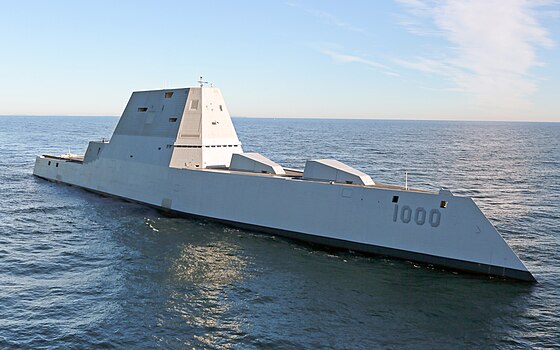 & lt;figcaption class=”wp-element-caption”>151207-N-ZZ999-435 ATLANTIC OCEAN (Dec. 7, 2015) The future USS Zumwalt (DDG 1000) is underway for the The multimission ship will provide independent forward presence and The multimission ship will provide independent forward presence and deterrence, support special operations forces, and operate as an integral part of joint and combined expeditionary forces. (U.S. Navy photo courtesy of General Dynamics Bath Iron Works/Released)|Source
& lt;figcaption class=”wp-element-caption”>151207-N-ZZ999-435 ATLANTIC OCEAN (Dec. 7, 2015) The future USS Zumwalt (DDG 1000) is underway for the The multimission ship will provide independent forward presence and The multimission ship will provide independent forward presence and deterrence, support special operations forces, and operate as an integral part of joint and combined expeditionary forces. (U.S. Navy photo courtesy of General Dynamics Bath Iron Works/Released)|Source
Although the Zumwalt class was not developed as planned and is now called a rare weapon and a failure, it should actually be able to withstand railgun operations in terms of engine capacity.
The Zumwalt class engines are of the integrated electric propulsion type.

This is, in a crude way, a notebook e-Power ship version.
As shown above, the engine and propeller are not physically connected to each other.
Once stored in the battery, the power is used to power the motor while &! lt;strong>The system also provides the ship’s electrical system.
The Zumwalt class isEngineThe power generation is so ridiculously large that it can withstand railgun fire& lt;/span>.
About the power
A little research on the Internet reveals many videos posted of firing tests.
This video shows it penetrating several plates of steel, but what I want to know is the power in terms of “how many kilos in terms of explosives?”.
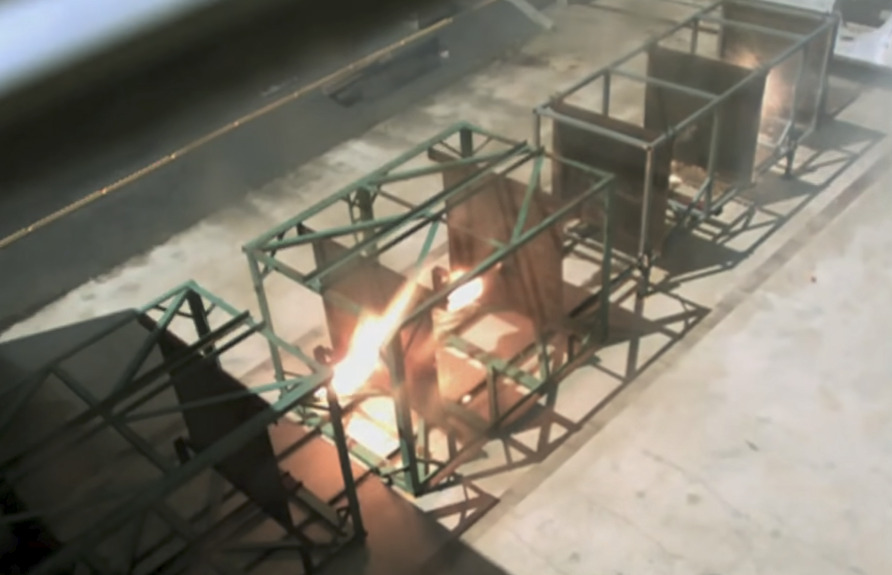
Calculated on bullet weight and initial velocity basis
Earlier, we quoted the text “On December 10, 2010, a shell weighing about 10.4 kg was successfully fired at about 8 times the speed of sound (about 2.7 km/s) and the shell’s kinetic energy was about 33 MJ.”
First of all, 2700 meters per second is 9720 km/h.
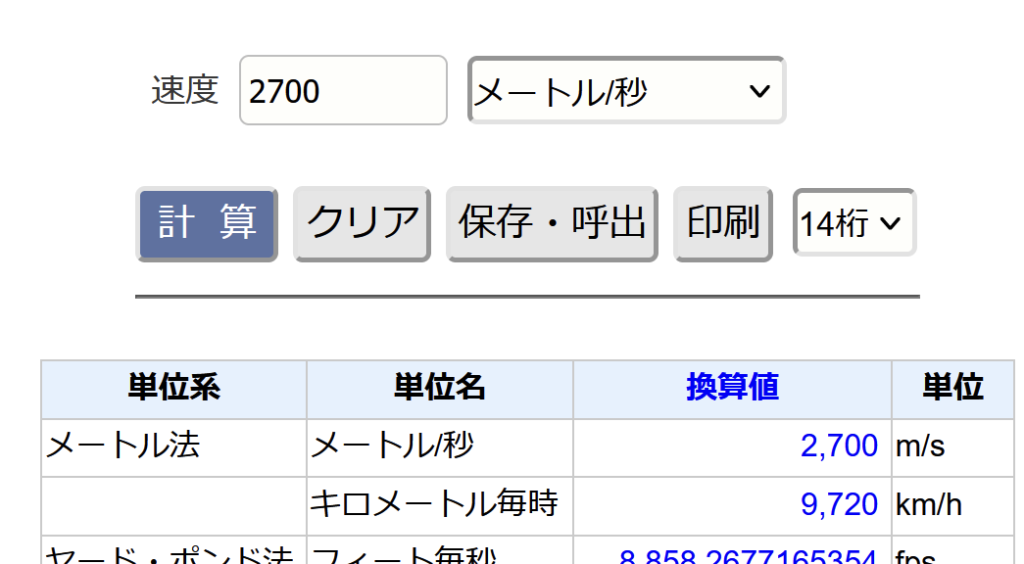
In other words, a 10 kg object moving at about 10,000 km/h
In this case, Wikipedia’s TNT conversion, we will first seek what J this is.

Apparently the kinetic energy of the railgun’s initial speed is 36450000J< ;/span>, apparently.
Note that distance attenuation is not taken into account because it makes the calculation cumbersome.
How much energy is 3.645×10^7[J], Wikipedia.

If my calculations are correct, this is less energy than is released when 1 kg of gasoline is burned.
By the way, it seems that 4.2×10^6[J] is 1 kg of TNT equivalent.
In other words, it seems that the power is about 10 kg less than the TNT equivalent. The bullet itself weighs 10 kg, so I wonder if it is something like this…

J(joule) to TNT conversion
“1 TNT equivalent ton = 4.184 x 109 J” says Wikipedia.
It sounds silly, but I’ll take the factorial of 10 and put it at 4184000000 J.
It should be (TNT equivalent of railgun) x 4184000000[J] = 36450000[J].
I think you are making some fatal mistake.

It is said to be 0.008 kilotons.
By the way, this is equivalent to 8 kg of TNT.
As a result of the two approaches, we conclude that the TNT equivalent of the railgun’s power is about 8 kg and came to the conclusion that the TNT equivalent of the power of a railgun is about 8 kg.
By the way, the 8.8cm anti-aircraft gun, famous as the German “Achtungsahrt,” is also said to have a bullet weight of about 10kg.

I did a search for “railgun bore” to try it out and came up with an American prototype. This one is 90mm.

I’m tired of talking about reality all the time, so it’s time to move on to a dream story.
Possibility of mounting on a space battleship
Can it operate outside the atmosphere
You saw how it works earlier, right?
There is nothing wrong with launching in space.
On the contrary, the diversion to space debris and meteorite destruction is being considered.
… This is a small story, but recall the table I just gave you.
In the same 10^7[J] column, “The gravitational attraction of Earth on an object of mass 1 kg It says “the kinetic energy required to escape from the sphere of earth“.

This means that, at around 1 kg, it is theoretically possible to take things beyond the atmosphere even with current technology.
This is what Wikipedia calls a “mass driver”, which apparently appears in Gundam.
A little research shows that Tweet with the video was also found. (Presumably the copyright letter is out.)
Every time it trends,
I say it, but Gundam SEED is
again! A recollection scene!
And Buster is bunk again?
And Nicole’s martyrdom scene again?
Another compilation?
I’m not sure how I feel about this, but I’m not going to say I don’t like it because it has some great scenes. pic.twitter.com/JlT7a9hln2— Nori (@o5kjH8uG8NGe2xK) May 13, 2022
< script async src=”https://platform.twitter.com/widgets.js” charset=”utf-8″>
That’s a dream come true, considering it’s already theoretically feasible.
About the institution
The thinking here is also simple and clear: As long as large power is available. span>.
I’ll think about this on the side of the article I put together on how to propel in space.
Let’s come back to reality here and think again in the Zumwalt class.
I wrote earlier, “The original plan called for 6 million A of power for launch, 64 MJ of injection energy, and 120 MJ when losses are factored in.”
And the Zumwalt class had “an output of 35megawatts (47,000 hp) of < a href=”https://ja.wikipedia.org/wiki/%E3%83%AD%E3%83%BC%E3%83%AB%E3%82%B9%E3%83%BB%E3%83%AD%E3%82%A4%E3%82%B9_%E3%83%9E%E3%83%AA%E 3%83%B3_%E3%83%88%E3%83%AC%E3%83%B3%E3%83%88″>Rolls-Royce Marine Trent with two MT30s and 3.8Megawatts (5,100 hp), two RR450s with ” says Wikipedia.
Two 35 megawatts and two 3.8 megawatts, so together the maximum is 77.6 megawatts.
It is not clear how many hours this power generation can continue, but let’s assume 77.6 MWh for now.
“1Wh is 3,600J“.
And here comes the conversion site again, 120MJ seems to be 0.033MWh.
Calculations appear to be marginally sufficient.

Here, I did some miscellaneous division and calculated that we can hit about 2000 shots per hour. It is indeed a lie, though.

Dividing by 60, you can find how many shots you can hit per minute.

38 shots per minute is indeed a lie.
This calculation is totally wrong.
Summary
It is good that I started with the basics at a level that even a junior high school student could understand, but in the end I had to perform a number of calculations that made no sense. I am really sorry if there are any mistakes, and I hope you will read this article under the assumption that something is wrong.
However, I am personally satisfied with this article because it fulfilled its original purpose of “understanding the mechanism of railgun and exploring the possibility of installing it on a space battleship.
It took me a whole day to write this article, which is close to 10,000 words, but it was a very interesting experience.
Websites we referred to
< ;! — /wp:embed –>
&! lt;! — /wp:embed –>
&! lt;figure class=”wp-block-embed”>


